Palm trees are the Florida state tree and for an excellent reason. When one thinks of Florida, they picture palm trees waving in the ocean breeze, maybe coconuts. In fact, that’s what they picture when they think of the Mediterranean, the Caribbean, or any other beautiful ocean paradise! These beautiful palms can be found all around Anna Maria Island.
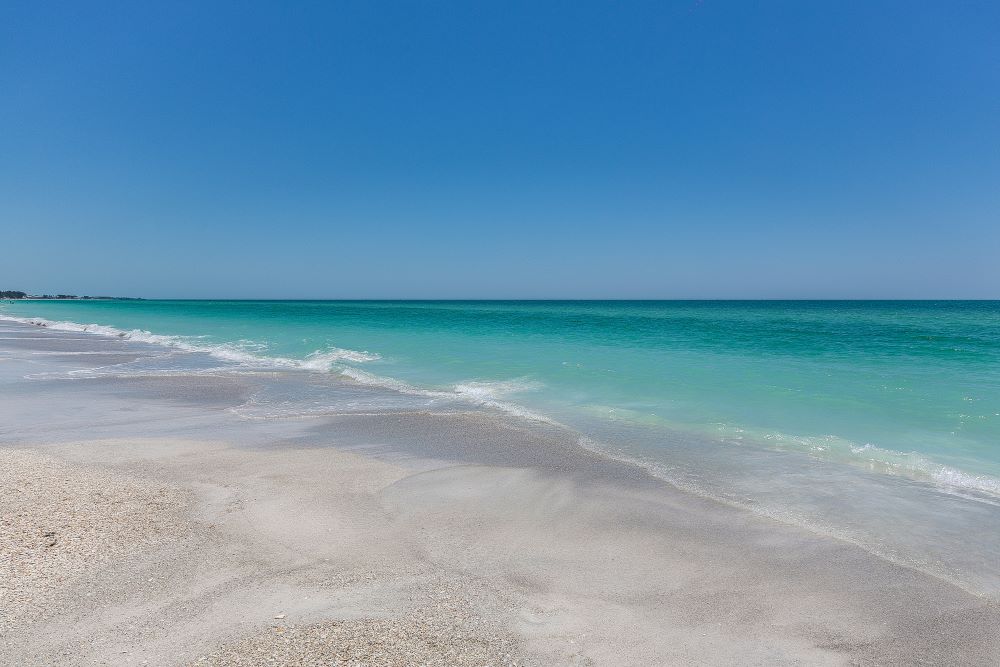
History of Palm Trees
The history of palm trees goes deeper than you can even imagine. Out of the 25,000 types of palm trees, only 12 of them are actually native to Florida. We’ll delve a little deeper into that in our next section.
Florida is known for alligators, oranges, palm trees, and our year-round sunshine. So, it’s surprising to learn that some of these things aren’t actually native to Florida. Florida palm trees are often more squat or deciduous as much of Florida is low-lying and has scrub as the primary landscape. We picture the tall billowy palm trees when thinking of Florida weren’t always the most commonly visible types of palm trees in Florida.
The silhouette of a palm tree against a gorgeous pink and orange Anna Maria Island sunset or sunrise is one that we all know to be the standard picture of Florida and for a good reason. Residents and tourists alike see palm trees as the universal picture of the Sunshine State. That is thanks to so many palm trees being integrated into our ecosystem over the years.
Coconut palm trees, the idyllic deserted island type of palm tree most people know and love, are not native to Florida! So, if you see a palm tree bearing that heavy load, it was likely imported and transplanted there to make your view more scenic. We can’t be mad, though, because all it does is bring our summer dreams to life.
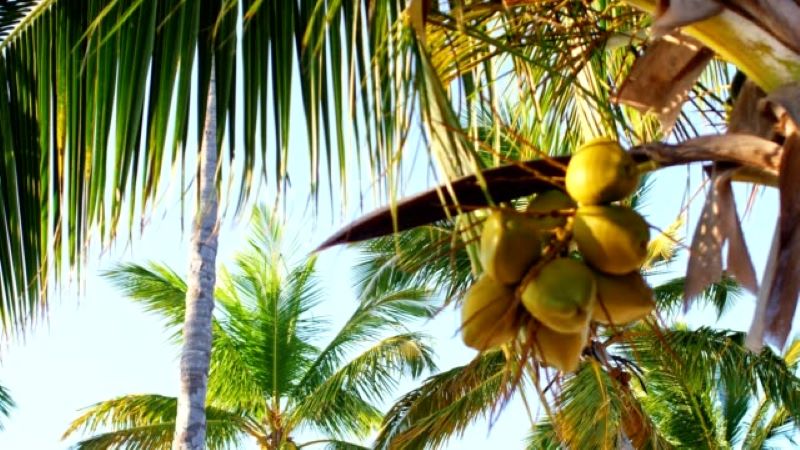
For those who live in Florida, palm trees are not all that magical. We see them year-round and are cut by their sharp, flayed fronds. Nothing hurts more than trying to traverse or hike through low-lying scrub and getting shredded by the merciless palm fronds. There is a reason that serious hikers wear cargo pants and heavy boots. Florida nature is not something to mess around with.
Anyone who lives in Florida year-round knows to avoid all types of palm trees. They aren’t the kind of tree that is easy to climb or a safe haven for many birds. In the low-lying brush, maybe, but the tall waving ones do little but offer scenic views. History has helped many other different species of palm trees to the low-lying Florida lands in typical fashion. In fact, palm tree sales are a booming industry, nurseries bringing in hundreds of millions of dollars a year.
A Spanish shipwrecked on the shore of what we know as Palm Beach, and the cargo they held in the bowels of their ship were coconuts. That’s how coconuts were accidentally transplanted to Florida and gave that surrounding area its moniker.
Palm trees are and always have been an indelible part of Florida’s history.
Native or Non-Native
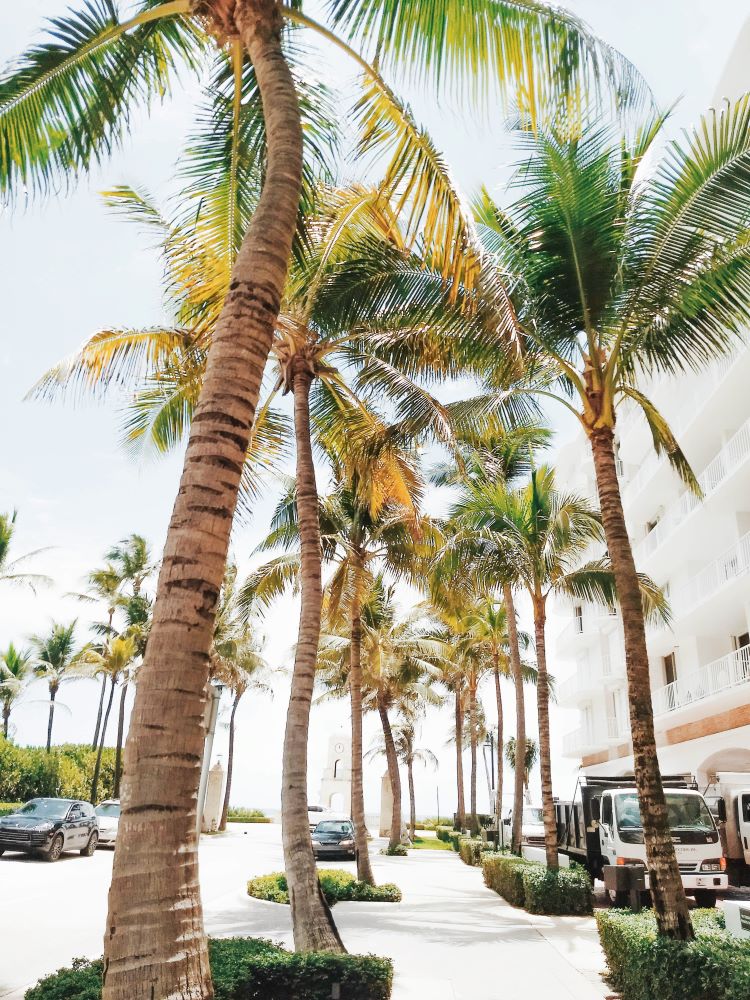
As promised, we’re going to dig a little deeper into the difference between native and non-native species of palm trees that you can find here in the sunny state of Florida.
Even though they are called “palm trees,” palms are not actually a type of tree. In fact, they are closer kin to grass because they are a “monocot” instead of a “dicot.” A monocot has leaves, stems, roots, and flowers, with a cellular structure that has but one part. A dicot, you guessed it, has two of these cellular structures. It’s so interesting when you delve into the science of it all!
Palm trees are an essential part of Florida’s ecosystem and are integral to the workings of the native plant life. Since palm trees are so popular, all different kinds have been imported to create the beautiful scenery Florida is now known for.
Types You’ll See
There are quite a few different palm trees possible to spot out here in Florida. Because Florida’s temperatures are so warm, it is the perfect breeding ground for almost all species of palm trees in its tropical paradise.
Some of the common palm trees that you are pretty likely to see out here in the coastal wetlands of local scrub. The Buccaneer Palm, the Royal Palm, and the Paurotis Palm. They are a mix of native and non-native palms.
The Buccaneer Palm is usually located by the sea and is actually endangered in Florida even though it originated in the Caribbean. The Royal Palm is of an average height around 12 feet and has feathery fronds draping from it. The Paurotis Palm has dense leaf bases at its tip and dark and fibrous fur like trunks. They’re very commonly seen lining highways.
The Alexander Palm can reach upwards of 25 feet, named for King Alexander Palm. In comparison, the Bismarck Palm stands 30 feet high and is also named for a great leader, the first chancellor of Germany, Otto von Bismarck.
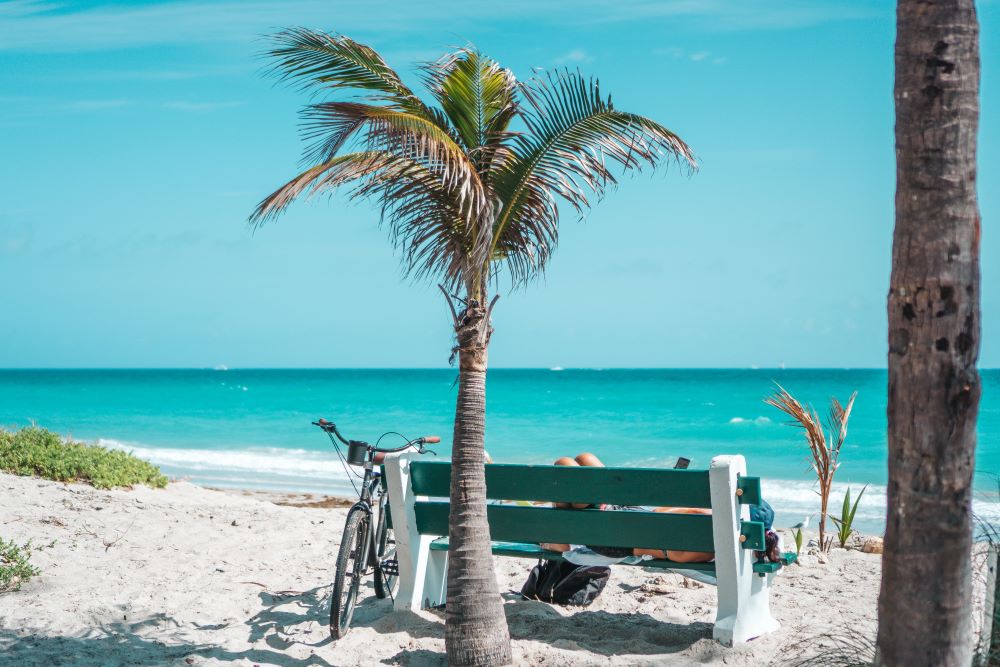
Trunks of the Areca Palm look like bamboo, which is why they are commonly referred to as the Bamboo Palm. The way they grow together and lean out also leads them to be called the Butterfly Palm.
Queen Palms can range as high as 40 feet and have a more drooping frond that resembles ivy in a manner. The Cuban or Royal Palm boasts a height of 60 to 70 feet and can grow around a foot or year, meaning the older they are, the taller they are!
Pigmy Date Palms are a common palm you can spot among people’s front yards because they grow shorter and stockier at around 12 feet and can block the front window well for privacy.
The Adonidia Palm is also known as the Christmas Palm because it grows up to 25 feet. Dwarf Palmettos are commonly found in Florida scrub habitats. They are the kind that can tear you to pieces and shelter alligators, among other fauna.
Sabal Palms are large and thick with a drooping appearance and can grow up to 80 feet. The variety and growth of palm trees are staggering to behold, and there is always more to learn about.
Plan Your Next Trip
Take your family out exploring and try to name every palm tree you see. It will be an adventure had by all and at the end of the day, you can return to your Anna Maria Island vacation rental!
Get Out in Nature
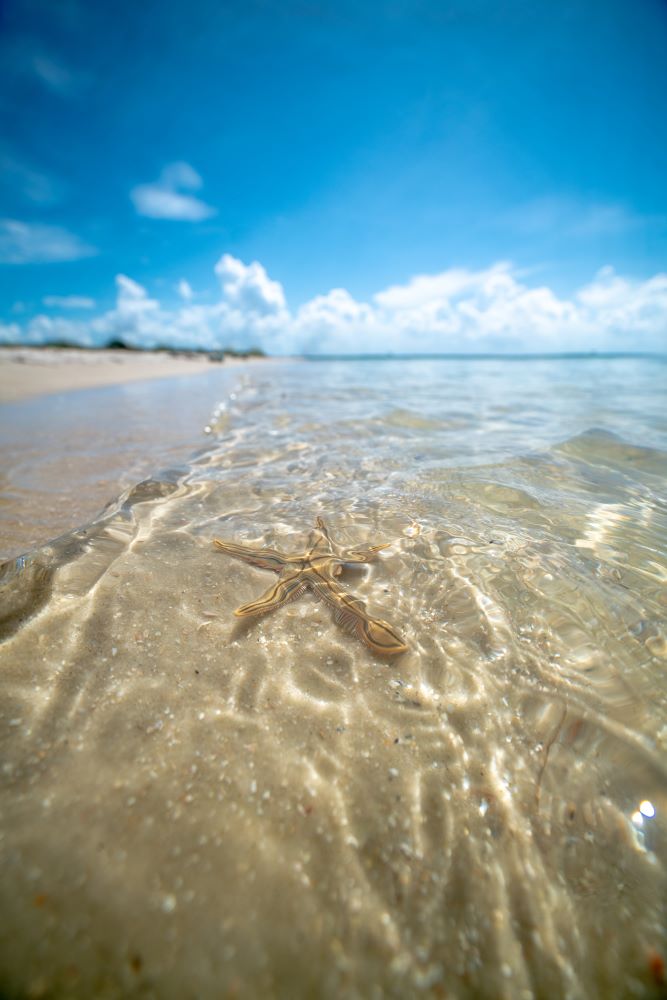
If you’re going to vacation in Florida, or even live there, then you better make the most of it and get out into nature as much as humanly possible. There truly is so much to explore.
Anna Maria Island is a great recommendation for tourists and residents alike because it is a fine example of the true quality of nature you can find natural to Florida’s ecosystem.
The Robinson Preserve, located nearby our Anna Maria Island rentals, is a beautiful and decadent preserve dedicated to preserving the natural Florida land. It is beholden to 682 acres of wetlands that are open for people to hike and explore. Of course, don’t forget your sunscreen, bug spray, and water. The bugs are brutal, the sun is intense, and all of that can easily cause you to dehydrate. Don’t let that information dissuade you because it is well worth the trials you may experience to venture out into the Floridian unknown.
Nature preserves are common all across Florida. They are maintained by rangers and local enforcement to keep paths and trails marked to the public and help rid the area of invasive species. Sadly, invasive species are all too common in Florida because of all the travelers from around the world. Some species can completely eradicate native animals and plants, causing them to go extinct. That is why preserves like this exist, to help maintain waterway systems and encourage the natural growth of native plants through things like controlled burns every few years.
There are also plenty of kid-friendly parks on Anna Maria Island and preserves to explore that provide fun and entertainment for the whole family. Anna Maria Island pet-friendly rentals are also common to come across, so don’t leave the dog home!

